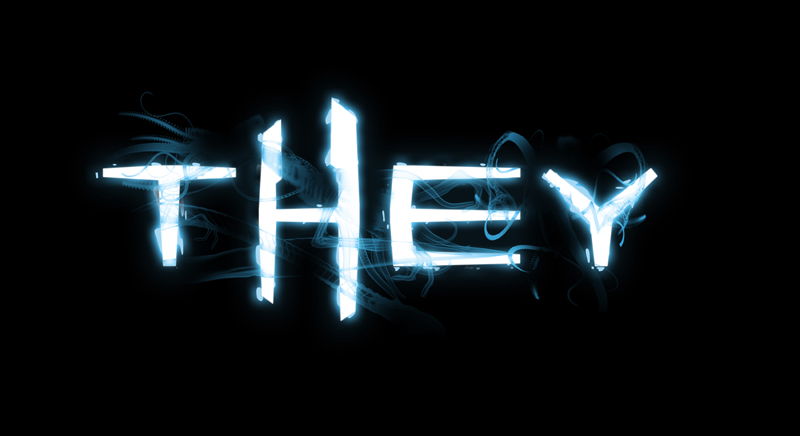
The word “they” is a formal pronoun that was not always accepted, but it has been around for seven hundred years in the English Merriam-Webster Dictionary. Oftentimes people think that using they is not appropriate for talking about a single person, but they means all people some people know people any people so they is completely appropriate to use. The last five years is when they became less controversial to news editor and magazine publications.
“They” is a legitimate way of referring back to an unknown person or persons, neither singular nor plural, masculine nor feminine.
In the early 1330 using “they” to talk about an antecedent or something that comes after became completely appropriate to use that is the first instance of they being used as a formal pronoun there is much argument about when there is appropriately used but as long as it is talking about a person then they will suffice. If you’re uncomfortable using they there is an alternative that can be used which is an indefinite pronoun.
Key Takeaways:
1
Historically, the singular use of “they” has been frowned upon.
2
The singular use of “they” has become more prevalent over time.
3
The singular use of “they” can sound awkward when used with an indefinite pronoun.
Read the full article here:
http://www.grammarphobia.com/blog/2017/05/they-4.html
http://www.grammarphobia.com/blog/2017/05/they-4.html
Do You Need help with a Learning Difficulty?
Our simple online analysis will help you get to the core of the problem and find the right solution for you.
Understanding how to help someone with a learning difficulty starts with understanding which micro-skills are affected. When you learn which of the micro-skills is the problem, you will then be on your way to solving it.
You'll also learn how to:
- Build confidence
- Enhance Learning ability
- Eliminate avoidance
- Build grit
You can get this analysis for free by filling out this simple form. This will help you get to the bottom of a learning difficulty and provide you with a solution. If you are ready to put this problem behind you click the button below and fill out the form.










